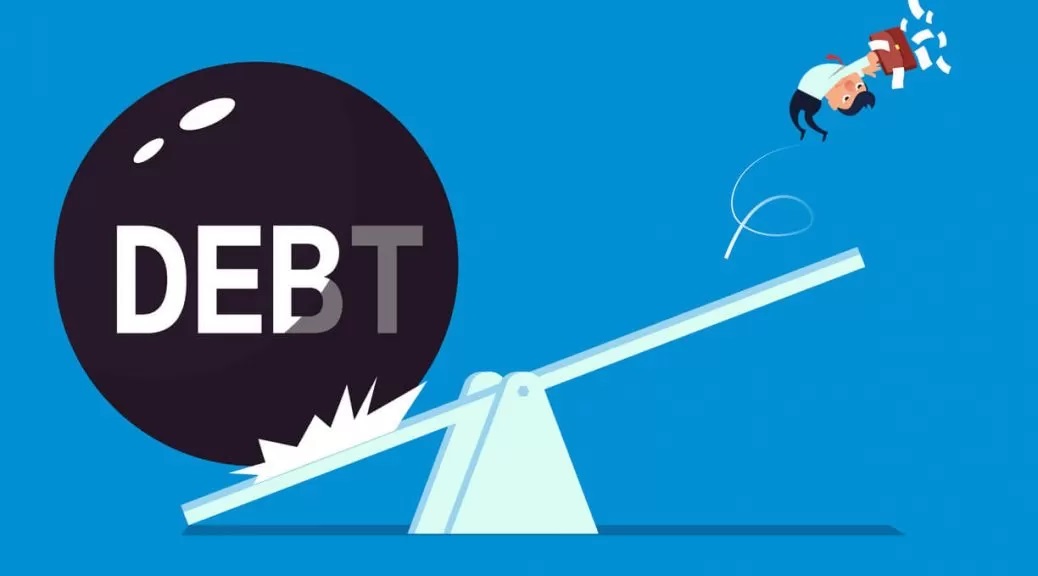In the landscape of personal finance, the concept of debt often carries a negative connotation. However, not all debt is created equal – understanding the distinction between good debt and bad debt can be a game-changer for your financial health and wealth-building journey. This nuanced perspective is crucial for anyone looking to navigate their finances with confidence.
In the points below, we delve into the differences between these two types of debt, providing insights and strategies for managing them effectively. For those looking for a deeper dive into effectively managing or eliminating debt, a more comprehensive dealing with debt tutorial can offer valuable strategies and insights. This resource is designed to help you understand the intricacies of debt, offering practical advice on how to navigate your financial obligations smartly and sustainably.
What is Good Debt?
Good debt is often described as an investment that will grow in value or generate long-term income. Taking on this type of debt can be a strategic financial decision that contributes to your net worth over time. Here are a few characteristics and examples of good debt:
- Educational Loans: Investing in your education can lead to higher earning potential and career opportunities. Although student loans are a significant financial commitment, the return on investment in terms of career advancement and salary increases can justify this type of debt.
- Mortgages: For many, buying a home is not just about having a place to live; it’s also an investment. Real estate typically appreciates over time, and owning property can contribute to your wealth. Plus, mortgage interest rates are generally lower compared to other types of loans, making this a relatively affordable way to borrow money.
- Business Loans: Starting or expanding a business requires capital. A business loan can provide the necessary funds to grow your enterprise, leading to increased profits that exceed the cost of the loan.
What is Bad Debt?
On the flip side, bad debt is typically associated with purchases that depreciate in value quickly and don’t contribute to your financial growth. Such debt often comes with high interest rates, which can compound the problem, making it harder to pay off. Examples of bad debt include:
- Credit Card Debt: High-interest rates make credit card debt costly. This type of debt usually accumulates from spending on depreciating items that don’t provide a return on investment.
- Payday Loans: These short-term loans come with exorbitantly high fees and interest rates. They are often a response to immediate financial need but can trap borrowers in a cycle of debt.
- Car Loans for Expensive Cars: While some auto loans might be necessary, financing a car that is beyond your means or choosing a loan with unfavourable terms can be considered bad debt. Cars depreciate rapidly, and if the loan’s interest rate is high, you might end up paying far more than the car is worth.
Navigating the Nuances of Debt
Understanding the difference between good and bad debt is the first step – the next is managing them wisely. For good debt, the focus should be on ensuring that the investment truly adds value and that the terms of the debt are manageable within your budget. For bad debt, the goal is to pay it off as quickly as possible to avoid paying more in interest than you have to. Remember, the goal isn’t to avoid debt entirely but to leverage it in a way that contributes positively to your financial future.










